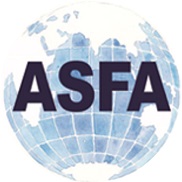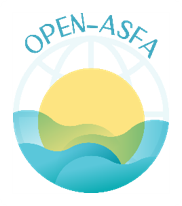Preliminary analysis of parasitic copepod species richness of chondrichthyan fish off Tunisian coasts.
DOI:
https://doi.org/10.71754/instm.bulletin.v46.205Keywords:
biodiversité, extinction des espèces, Composition de la capture, biologie, Species diversity, Parasite attachment, Parasites, Pollution, Marine, Triakidae, Dasyatidae, Torpedinidae, ElasmobranchiiAbstract
A preliminary work of harvest and observations from various prospected areas in Tunisia (Bay of Bizerte, Gulf of Tunis, Gulf of Hammamet and Gulf of Gabes) enabled us to note a great diversity of Elasmobranchs. In fact, 15 species belonging to 8 different families were identified and examined. Among these, some families, mainly Triakidae, Dasyatidae and Torpedinidae, have been the subject of an in-depth study because of their economic importance in the fisheries. The great importance of the biodiversity motivates us to study the parasites of chondrichthyan fish , especially since most of these fish are in danger of extinction because of their low reproductive potential, catching by fisheries and pollution. The parasitological study of these fish species revealed a great diversity of their parasitic copepods . In fact, we reported the presence of 14 different species belonging to 7 families. The diversity of these species is related to to some eco-biological and ethological characteristics of host fish .













